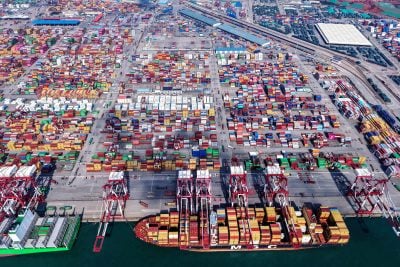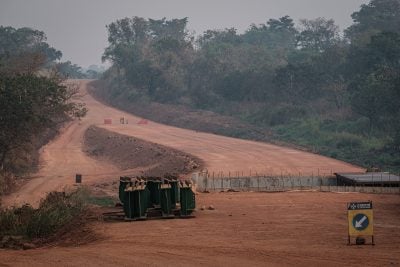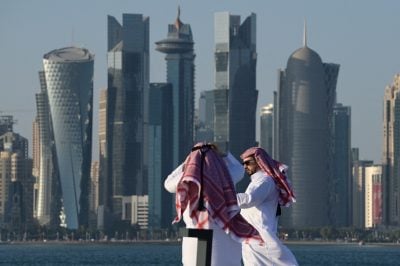The 1,500 km rail line to Walvis Bay would cost $11bn to develop and would also require the construction of a new $4bn coal terminal at the port, as the existing coal facility would be unable to cope with the volume of expected coal exports.
The Techobanine project will also require the construction of a new railway from the port to Botswana via Chicualacuala in the Mozambican province of Gaza. The government of landlocked Botswana has been assessing whether it should seek to develop this railway line or another westwards to Walvis Bay in Namibia. However, in recent months, officials in Gaborone have talked up the likelihood of pursuing both options. The 1,500 km line to Walvis Bay would cost $11bn to develop and would also require the construction of a new $4bn coal terminal at the port, as the existing coal facility would be unable to cope with the volume of expected coal exports.
Discussing growing Asian demand for African coal, the chief executive of Botswana’s Chamber of Mines, Charles Siwawa, said: “Despite large reserves of thermal coal, Botswana doesn’t feature in the radar of importing nations. We are opening up in a big way and in three to four years, I am hopeful there will be a shift.” Similarly, new coal projects in Tanzania and Zimbabwe will require the construction of new rail and port coal-handling capacity.
Aside from the development of longdistance railways designed to serve mining industry customers, new investment is also expected at the opposite end of the rail scale. North African governments have led the way on the development of light railway systems, which are designed to transport passengers within urban areas. In Algeria, work is under way on the Constantine, Oran and Side Bel Abbes systems, adding to Algiers’ established tramway network.
In Morocco, the Rabat-Salé tramway opened in 2011, followed by the Casablanca tramway last December, and the Marrakech light railway system is due to carry its first passengers this year. South of the Sahara, the first light railway is being developed in Abuja by China Civil Engineering Construction Corporation but construction has been delayed on several occasions, apparently by the Nigerian government’s failure to pay the agreed fees on time. Similar schemes are planned in Port Harcourt and Lagos, including a tramway to connect the Eko Atlantic city project with the rest of Lagos.
Most recently, the government of Mauritius announced that it would develop the Mauritius Light Rail Transit System (MLRT) on the 28 km stretch between Port Louis and Curepipe. Construction is expected to begin by the end of next year and the feasibility study is being undertaken by Mauritius and Singapore Cooperative Enterprise. However, it is the Addis Ababa Light Railway Transit project that has attracted most international attention. In 2009, Ethiopian Railways Corporation signed an agreement with yet another Chinese firm, China Railway Engineering Corporation, to develop two new urban rail lines, which will run north-south and east-west respectively.
Again, progress has been slow, not least because of difficulties in securing funding, but government officials have revealed that a statement on financing will be made later this year. Despite the construction of new roads, traffic jams are becoming increasingly serious in the Ethiopian capital.
More progress has also being made on improving public transport services in South Africa. Bus rapid transit systems are being developed in the country’s biggest cities, with dedicated bus lanes separated from standard lanes by a low concrete barrier and rail style platforms constructed at major bus stops. As so often in South Africa, Cape Town is leading the way on the initiative and the city’s government is also upgrading pavements and pedestrian street lighting in an effort to create a more attractive city environment. Finally, a network of dedicated bicycle lanes is planned.
According to the chairman of Cape Town’s Central City Improvement District, Rob Kane, the improvements made to date have already had a big impact on crime. In addition, the bus lanes are already enabling commuters to complete journeys more quickly by bus than by car in some areas because of growing congestion during the rush hour. The sight of buses speeding into the city while cars wait in line may help to improve the image of public transport in the country.
Want to continue reading? Subscribe today.
You've read all your free articles for this month! Subscribe now to enjoy full access to our content.
Digital Monthly
£8.00 / month
Receive full unlimited access to our articles, opinions, podcasts and more.
Digital Yearly
£70.00 / year
Our best value offer - save £26 and gain access to all of our digital content for an entire year!

 Sign in with Google
Sign in with Google 




